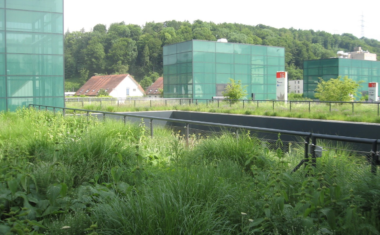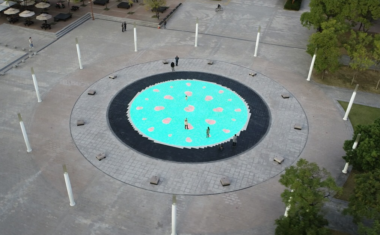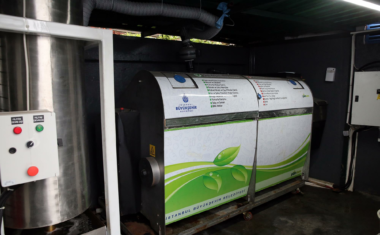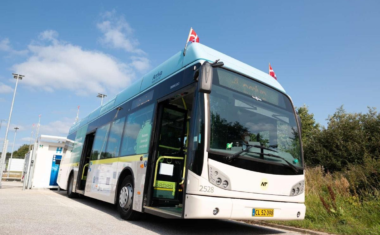Chicago’s Blue Cart Residential Recycling Program
- 6
- 5 min to read
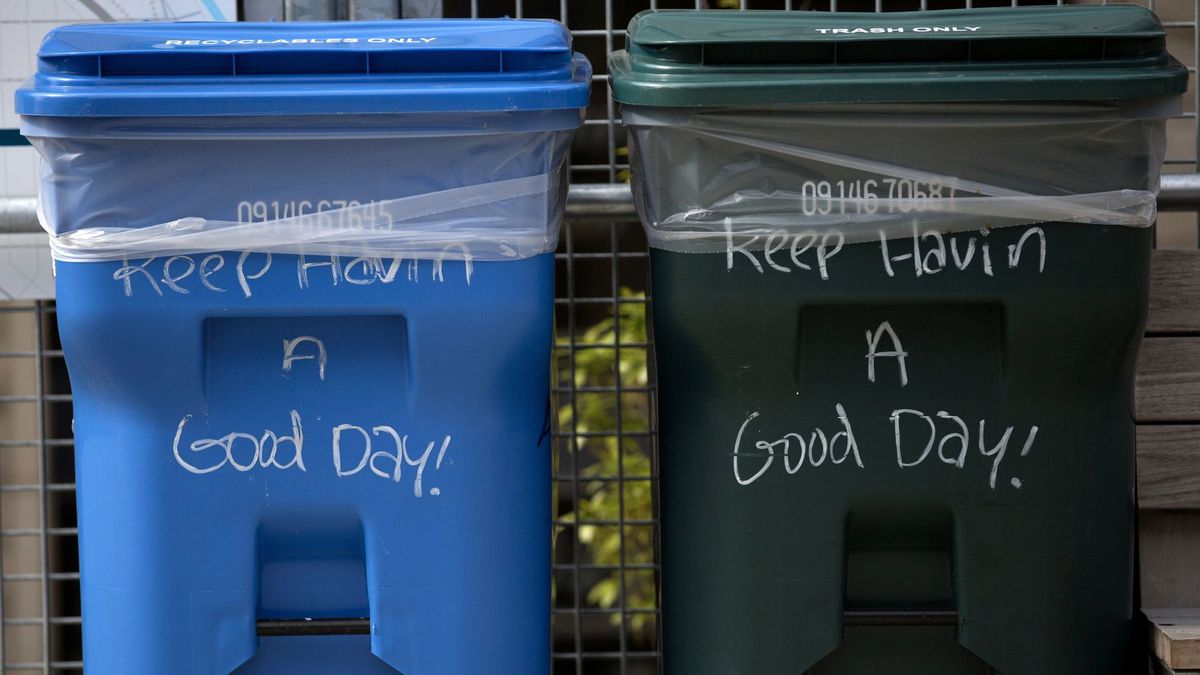
About the city. The City of Chicago manages waste collection for approximately 600,000 households.
Goal
The main goal is to reduce the need for landfills, lower disposal costs, reduce pollution and conserve natural resources, such as timber, water and minerals.
Implementation period. In 2007 the City of Chicago introduced the Blue Cart Recycling program.
Fact
Recycling 5 magazines saves enough energy to light a room for 5 hours.
Solutions

The City’s Blue Cart program provides bi-weekly recycling services to single-family homes and multi-unit buildings with four or fewer units. By recycling regularly, you can help reduce the need for landfills, lower disposal costs, reduce pollution and conserve natural resources, such as timber, water and minerals.
Because Chicago uses a single-stream recycling system, all recyclable materials are collected and transported together. Recyclables are picked up and transported in specially designated recycling trucks to avoid contamination with regular garbage.
Materials are taken to a city-approved recycling centre where they are sorted into separate materials, called commodities, then baled or packaged for delivery to manufacturers who reprocess or reuse the materials to make new products.
Living in Chicago and in a single-family home, 2-flat, 3-flat or 4-flat building, everyone can receive the Blue Cart Recycling service. If, after using the program, a person finds that an additional blue cart is needed, important to call 311 to request one. When the additional blue cart is delivered, an existing black garbage cart will eventually be taken away to manage space in the alley. There is no charge for the addition or removal of carts.
There is a specific schedule for garbage collection.
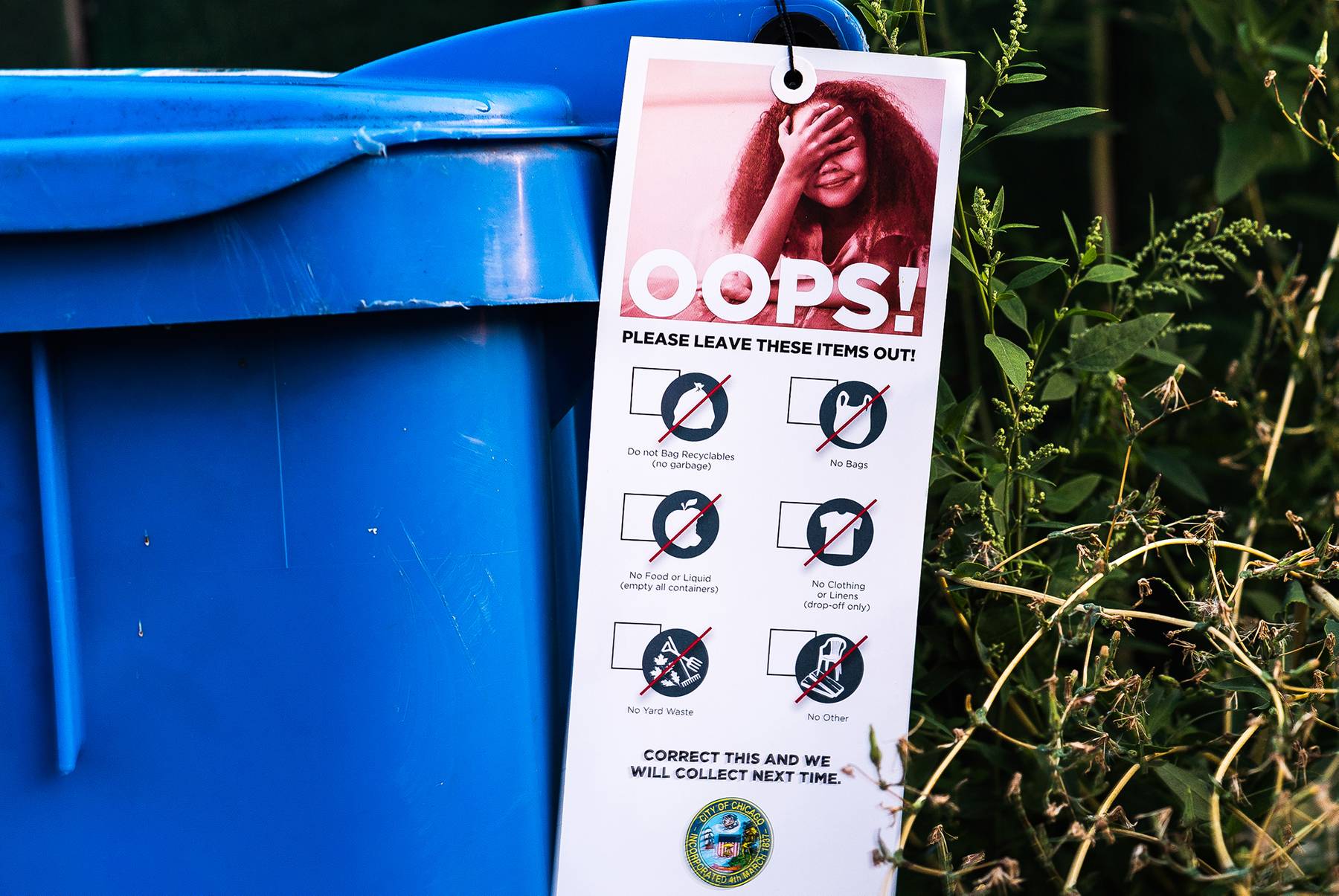
Team
The City of Chicago
Challenges
My recycling is tagged. What should I do now?
Recycling pickup crews are required to tag blue carts that contain obvious problem materials. Problem materials can be anything that’s not recyclable, the most harmful ones are listed on the tag.
Cart tagging has proven to be an effective way to reduce the number of non-recyclable items ending up in recycling carts. That’s important because contamination reduces the quality of Chicago’s recyclables as a whole and decreases the efficiency of the program.
Timeline
In 2007 the City of Chicago introduced the Blue Cart Recycling program in seven communities and had since expanded it to more than 260,000 households.
In the spring of 2012, Mayor Rahm Emanuel announced all eligible households would receive the Blue Cart Recycling program by the end of 2013.
If you notice an error or inaccuracy in our editorials, please email [email protected] so we can look into it.

